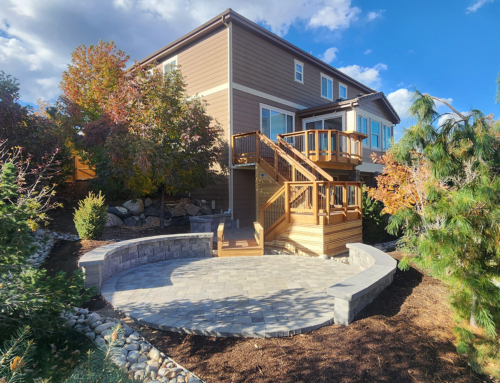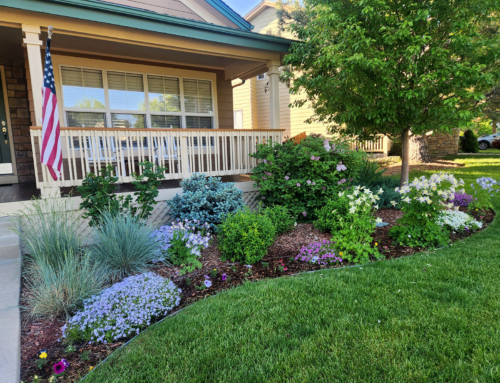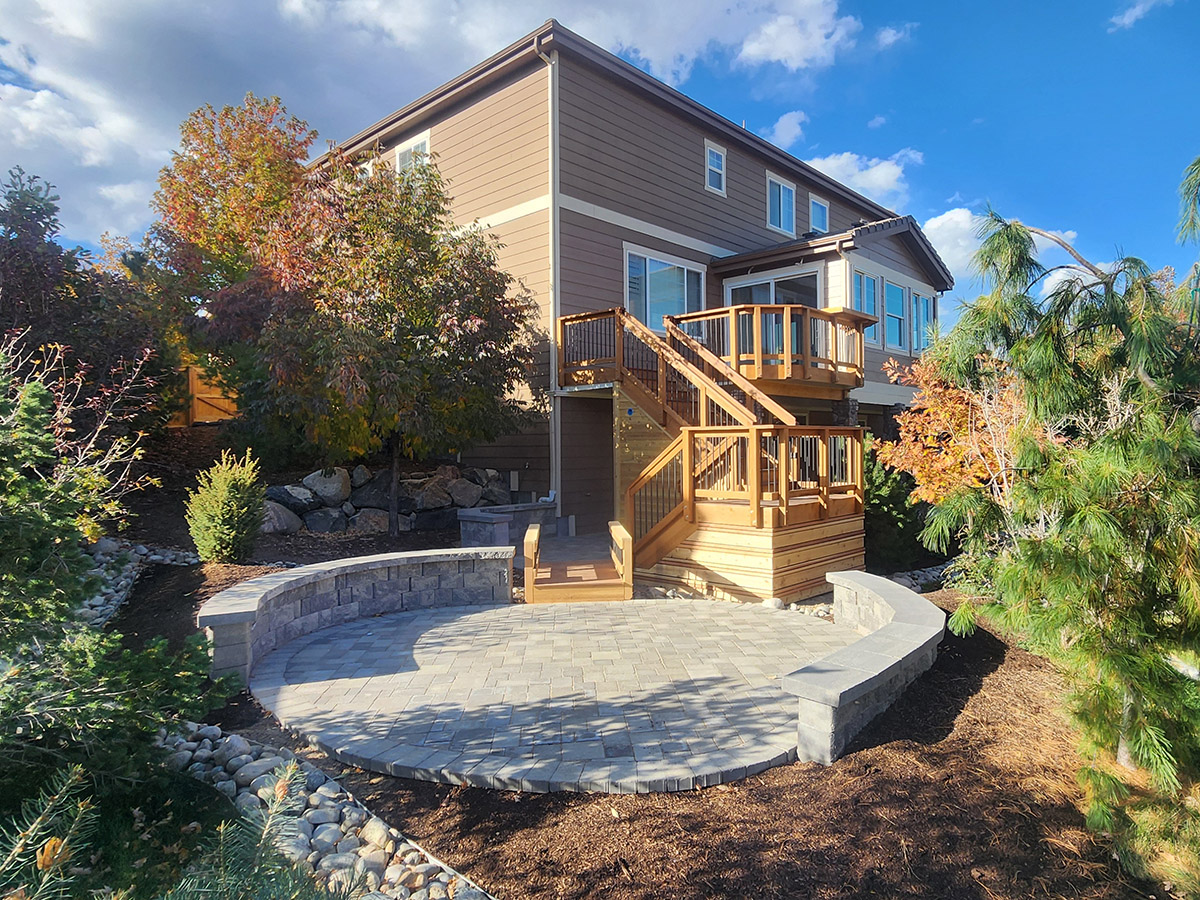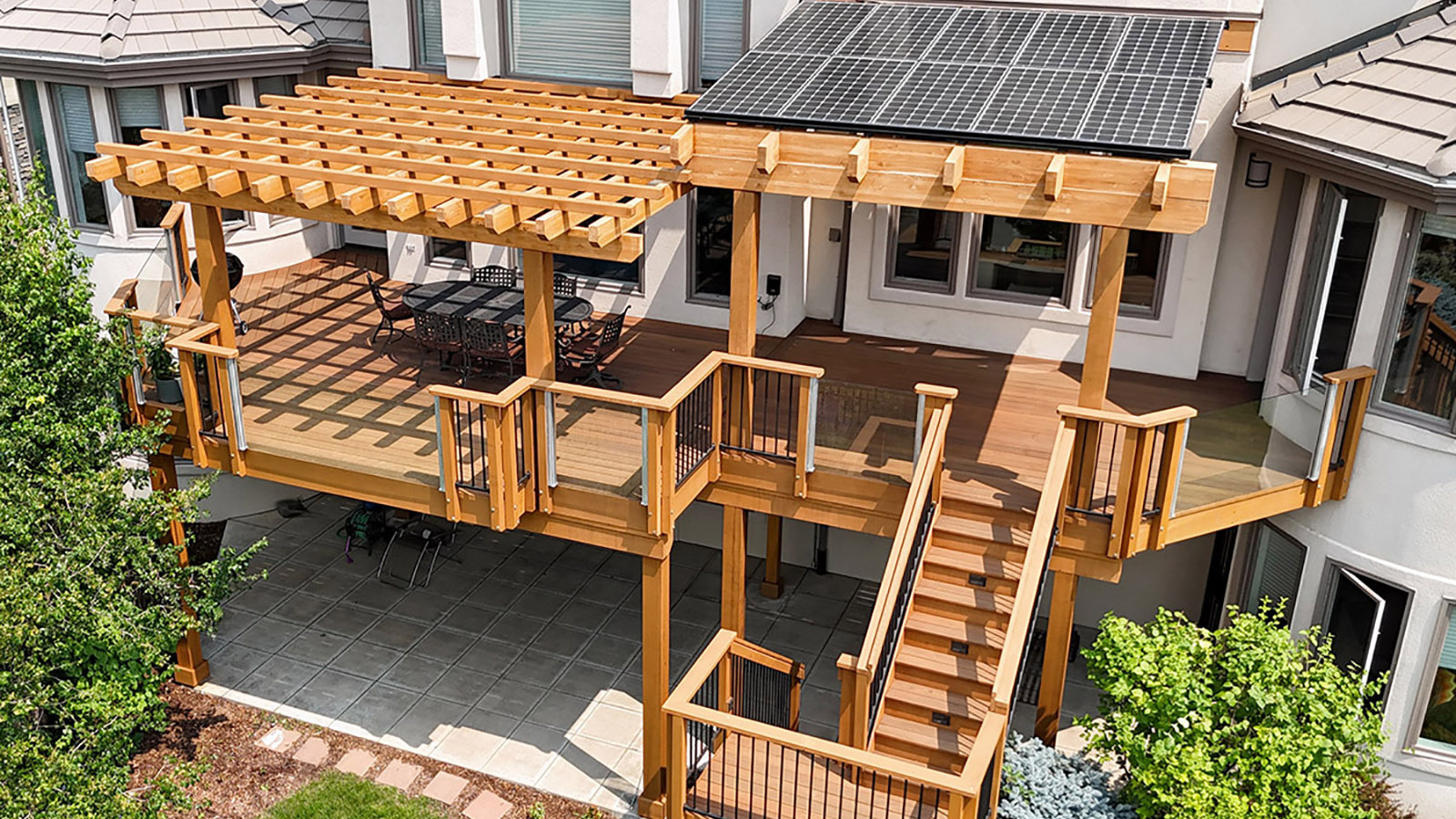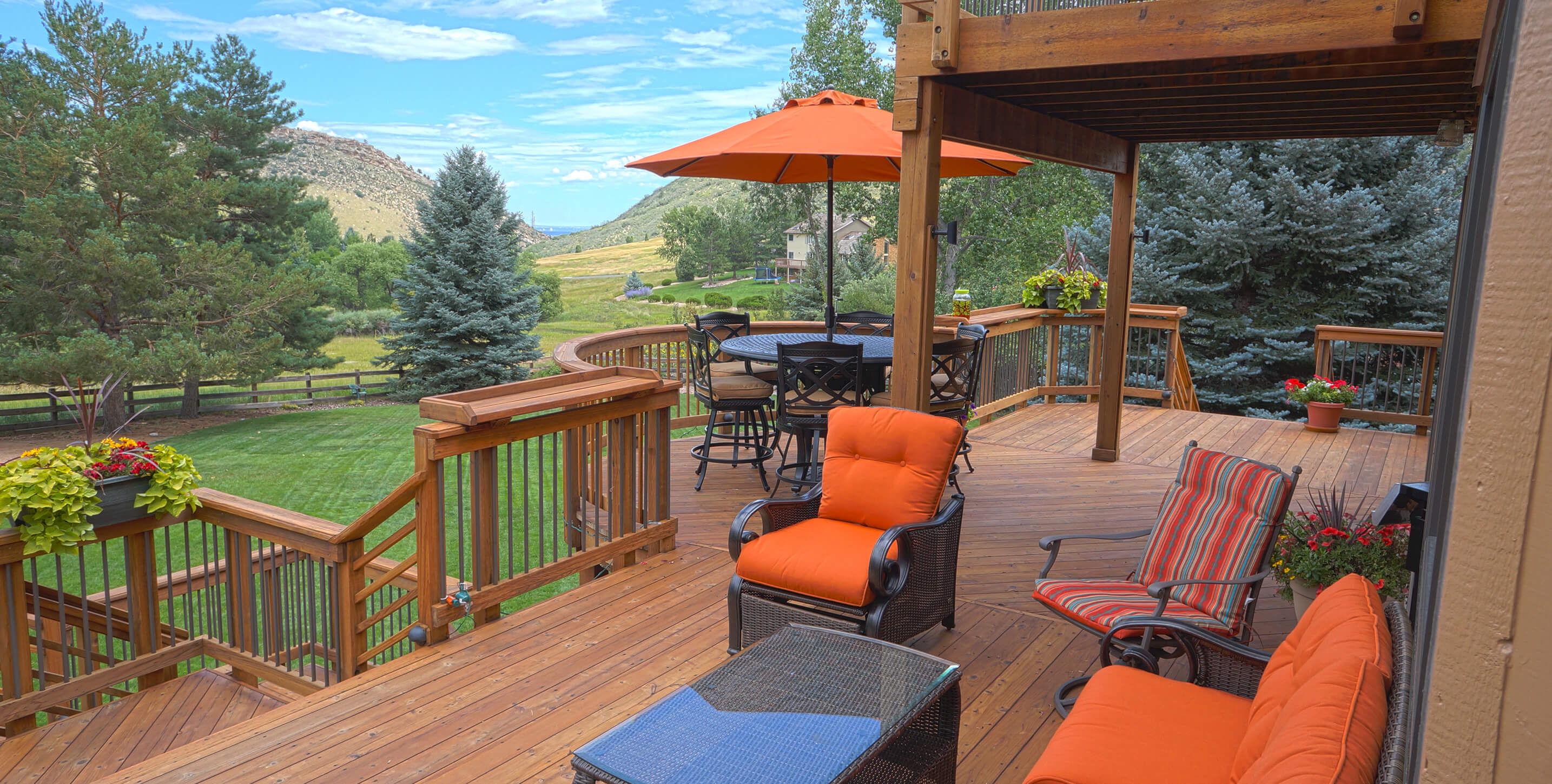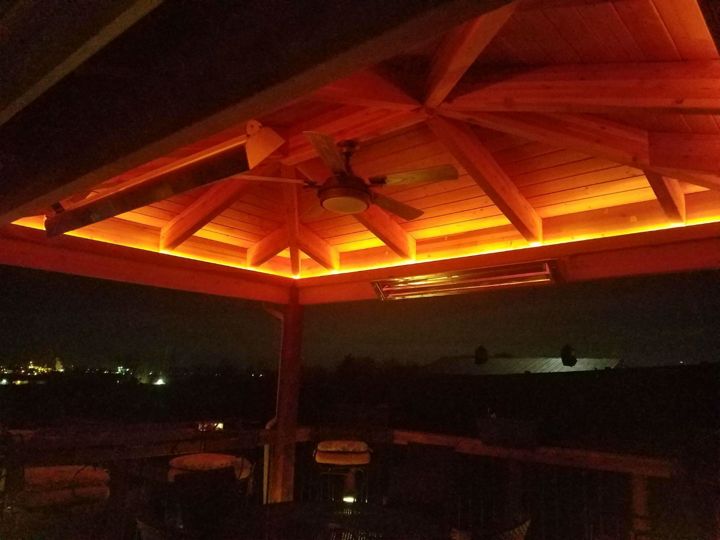
Colorado, Coyotes, & You
Just about every science and science fiction magazine has a list of “species most likely to survive the Apocalypse.” If you want to expand your list of cockroaches and crows, you may want to think about the coyote. This venerable member of the canine family is smart, adaptable, curious, and much more, according to Jennifer […]
Just about every science and science fiction magazine has a list of “species most likely to survive the Apocalypse.” If you want to expand your list of cockroaches and crows, you may want to think about the coyote.
This venerable member of the canine family is smart, adaptable, curious, and much more, according to Jennifer Churchill, Public Information Officer of the Colorado Parks and Wildlife department. Far from being on anyone’s endangered species list, Jenn says you can find coyotes just about anywhere.
“These animals have recorded populations in every state, except Hawaii,” said Jenn. “And with Hawaii, there very well could be one stowed away on a ship headed that way.” She explained that coyotes, while once a native of the plains areas, are highly adaptable and have become prolific around human populations.
Here in Colorado the coyote population is such that it would be as easy to estimate the number of squirrels living here. Our human population seems to have a love-hate relationship to these animals.
In rural areas, coyotes are shy creatures, easily frightened off with the sound of a gun, shouting, or throwing stones. This is a natural and healthy fear of humans said Jenn, and is the optimal relationship with the wild.
“We need to respect wildlife and keep our distances,” said Jenn. But even with farmers, ranchers and other rural people who hunt the coyote, its species thrives. This is because the animals are highly adaptive and cunning. “The habitat a coyote needs in order to survive includes food, water, shelter, and open space. We have that in abundance in Colorado.”
As a result, we are experiencing more human-coyote encounters that aren’t all that healthy for anyone. Jennifer said that as the coyotes become more used to living with humans, they can lose their natural fear, and this sets up the animal for failure.
“Up until 2006 or 2007 we (the Parks and Wildlife department) had an average of one person per year report a coyote attack,” she said. “Now it’s more like five or six incidents a year.” She attributes this uptick to the humans in our area. “Here, people are excited to see coyotes. These are interesting, wild animals living right out our back doors. We’re more likely to grab our camera than any noisemaker or item to frighten them away. But coyotes understand territorialism, and we need to do so too.”
She explained that when one neighbor feeds a coyote, or in other ways encourages them to stay, that person is helping the coyote create a territory that it will try to protect and feed from. These coyotes will watch from dusk until dawn and learn people and their pets’ outdoor routines, just like burglars who case a neighborhood.
So if you’re used to putting Fluffy outside for a potty break at the same time each evening, you may find that Fluffy will go missing eventually.
And January and February are particularly dangerous months, because this is breeding season for the coyote. They are pairing up and won’t tolerate either competition or threats from your dog or cat. “If you must keep your pet outside,” said Jenn, “try to do so in a fully enclosed kennel with a roof. Coyotes can jump very high.”
As good homeowners, one of the best things Jenn said we can do is to use our backyards and claim our space. This way the coyotes know they are not welcome to our yards.
“Turn on lights, make noise, and even (after checking with your local authorities) use paint ball guns or air horns to scare the coyotes away.” There is plenty of room for them in the parks and greenbelt areas.
We do indeed want to co-exist with nature, said Jenn, but we need to do it responsibly. When coyotes are turned into “pets” with our feeding them, they are destined for a bad end. Our friendliness will encourage their aggression toward our neighbors’ small animals and children. When the animal eventually attacks someone, Parks and Wildlife will have to “remove” them—which means the coyote you make think of as beautiful being euthanized.
If you have any questions about ways to discourage coyotes in your yard, or you have any other wildlife concerns please contact the Colorado Parks and Wildlife department at 303.291.7227. They will be happy to help.
Share this article
Follow Our Story:
Easily Reach Us:
A quick overview of the topics covered in this article:
Latest articles
February 15, 2025
February 15, 2025
February 15, 2025
FEATURED IN








Real People
Real People
Work With You,
at Every Step
Work With You,
at Every Step
From planning to construction –
Our team has your back!
From planning to construction –
Our team has your back!

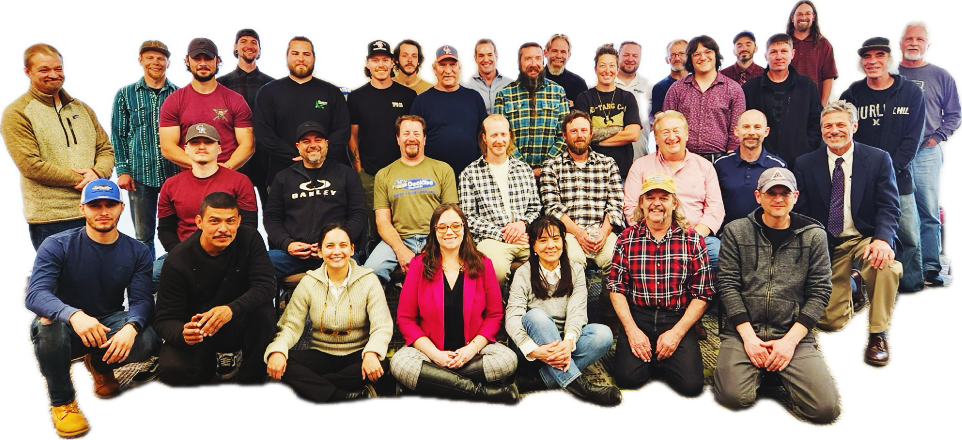
Get Started Today!
If the market value of your home is important to you – as it is for many – adding a custom deck can increase your house value.
If you’re considering adding a custom deck to your home, reach out to HFS Financial for all of your home improvement financing needs. HFS makes it easy to fund your project with minimal documentation requirements, no equity or appraisal needed, and direct-to-consumer funding.
Adding or improving an existing deck can add a number of beneficial features to your home. Not only can a new deck improve the value of your property, but it can also make your home more enjoyable for you and your family.
HFS Financial also offers 120% financing, allowing you some financial wiggle room for those unexpected hiccups that you may find along the way of your deck-building journey. All funds are paid directly to you, the consumer, so there’s no need to coordinate contractor work with payout schedules. Handle your project your way.
Once we’ve received your information through our 60-Second Loan Application, you will be notified of possible loan options quickly to discuss and review your loan terms and the home improvement project you have in mind.
My husband Matt and I [...] have moved away from the home where we had the beautiful deck and outdoor living space you created. We will forever remember fondly that beautiful deck, and the hard work you did during a very bad economic time to fix problems around the foundation of our home. Steve, Keith, and all of your workers were fabulous and we sent several of our friends your way with referrals. We are sure that your deck helped us get a wonderful offer on our home.
We just wanted to tell you how much we enjoy the decks DeckTec constructed at our home. Their use is a constant joy. We continually receive compliments on the design and quality of your work. We look forward to many years of use.
DeckTec are absolute pros. They just finished a big deck and roof cover project at my house. The total experience from working with Steve in Design and Sales, Keith in Project Management, and Charlie, Josh, and Hank in Construction was nothing but 6 star service. 100% on time and on budget with craftsmanship and quality. Skip the “Hammer and Nails” contractors and go with DeckTec if you want an “Outdoor Living Space”. Call these people – you will not be disappointed.
I just wanted to let you know how pleased I am with the work Decktec completed refinishing my deck. It hasn’t looked this good since it was new sixteen years ago. Decktec was very professional, polite and willing to work with me to get the exact color of stain I wanted. I would recommend Decktec to anyone who wants a complete job from the great construction work starting the job, to its thorough cleanup. I’m happy my neighbor referred me to Decktec. You are the fourth company I’ve had refinish my deck and will now be the only company I use going forward.

